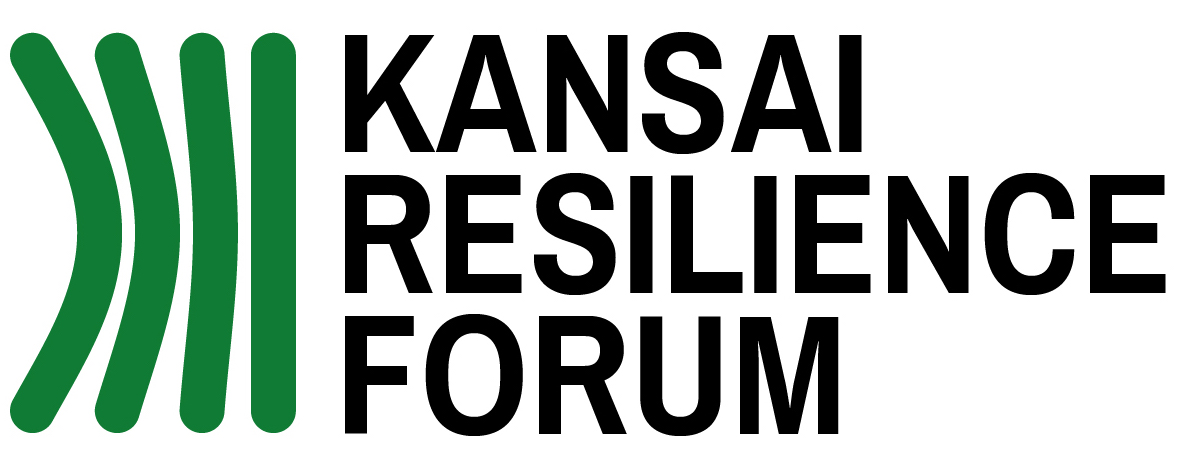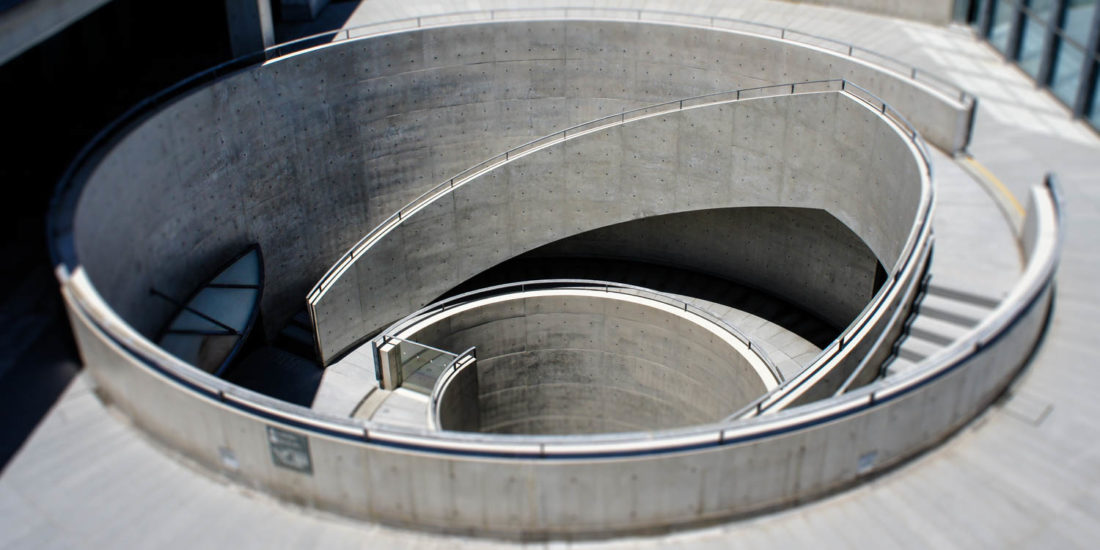Main Venue: The Hyogo Prefectural Museum of Art
The Hyogo Prefectural Museum of Art was opened in April 2002 as a symbol of “Cultural Reconstruction” after the Great Hanshin-Awaji Earthquake that occurred on January 17, 1995. Through the proactive development of artistic activities, especially the fine arts, the museum aims to recover and restore "human spiritual happiness”, which is a shared issue throughout 21st century urban living.
Designed by leading Japanese architect Ando Tadao, the museum itself is an attraction with many points to see. The museum, designed not only for the display of artworks but for the integration of various types of art, achieves a complex and diverse spatial experience with a plain and simple structure. Each area of the architecture has its own expression rich in light and shade. The entrance hall heightens the senses and invites meditation via its calm atmosphere, while the contrasting glass corridors drenched in natural light surround the exhibition rooms. The expansive sea in front of the museum and the huge maze-like architecture blend together to produce a variety of changes in light.
The Hyogo Prefectural Museum of Art, as well as its predecessor the Hyogo Prefectural Museum of Modern Art, has collected a large number of artworks through purchase and donation. Currently, the museum owns approximately 9,000 works, which form the basis of the museum’s various activities.
About the Kansai Region
The Kansai region is Japan’s historic, cultural and artistic heart, including the metropolis of Osaka, the former capital of Kyoto and the spiritual centre of Nara all within easy reach of each other. The Kansai region has been the home of the IAFOR Asian Conference Series since 2009, and IAFOR has welcomed more than 10,000 academics to the area.
At Kansai’s core are the bustling international cities of Osaka and Kobe. Osaka, a financial powerhouse, with its skyscrapers and energetic pace of life, borders the international port of Kobe, where the conference is held. Kyoto, the Imperial capital of Japan from 1180 to 1868 and the country’s cultural heart, home to hundreds of shrines and temples including 17 UNESCO World Heritage Sites, is located just a short train ride from Osaka and Kobe. Kyoto is a fascinating mix of nature and artistic and architectural beauty, where the traditional meets the modern, and where it is still possible to see geisha in traditional kimono shuffling along cobblestone streets. Nara offers a window on a different era of Japanese history: the city was Japan's first permanent capital from 710 to 784 and is the place where Buddhism first took root in Japan. Himeji Castle, a 40-minute train ride west of the city of Kobe, dates back to 1333 and is the best surviving example of Japanese castle architecture.
The Kansai region is also known as the nation’s kitchen, boasting an enormous choice of food options to suit all budgets, from cheap and cheerful street food to world-famous Kobe beef and kaiseki – high-end, traditional Kyoto cuisine. IAFOR is proud to welcome our academic community to Kansai, gateway to Japan.
About Kobe
Nestled between mountains and sea, overlooking Osaka Bay, Kobe was one of the first ports in Japan opened up to trading with the Western world in the mid-nineteenth century. It has maintained its rich international flavour and offers visitors many options for sightseeing and things to do.
Kobe’s downtown core consists of the bustling areas of Sannomiya and Motomachi, with upscale shopping and restaurants serving global cuisine. Kitano-cho, at the foot of the mountain, has streets lined with charming cafés and the former mansions of Kobe’s first foreign merchants and diplomats, while near the port is the colourful and vibrant Chinatown with its delicious street food. Kobe boasts some of the top sake breweries in Japan, as well as several museums, galleries, temples, gardens and an aquarium.
Kobe is well situated for day trips to historic Kyoto or Nara, lively Osaka or Himeji, home to Japan’s most famous castle. The nearby peaks of Mt Maya and Mt Rokko offer options for both easy and challenging hikes with incredible views from the summits. Nearby Arima Onsen, with its wooden buildings and cobblestone streets, is one of the oldest hot spring towns in Japan.
More Information
- Visit FeelKOBE, the website of the Kobe Convention & Visitors Association.
- Download a walking map of Kobe.

